The Spirit of Life of the Art Foundry Perseo SA in Mendrisio
A Sensual Experience
When you enter the workshops of the Perseo SA art foundry in Mendrisio, all your senses are awakened. You hear, see, smell and feel: Loud hammering, the echoing of metal sounds, the hissing of grinding and polishing machines, the whirring of soldering machines, the pouring of glowing liquids, the smell of fire, ascending clouds of smoke and the heat that tingles on your skin. And when you think about all the things that are created here in a symbiosis between artists and the craftspeople, you suddenly feel a lot: Perseo ignites a passion for art, for creating. The name «Perseus» probably comes from ancient Greek and means "to destroy". How does this fit together with Cellini's created masterpiece and an art foundry?
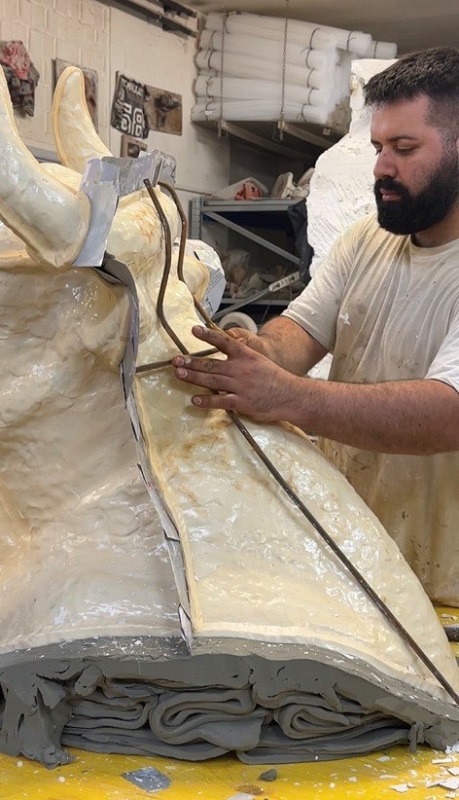
Fig. 1: In the Perseo SA art foundry in Mendrisio, an employee works on the wax figure. Photo: art24.
The Myth Behind Cellini's Masterpiece
The figural group «Perseus with Medusa» was commissioned by Cosimo I de' Medici and unveiled in 1554 in the «Piazza della Signoria» facing the «Loggia de' Lanzi» in Florence (ITA). There it fits in among other groups of figures as an integral part of the public square in front of the «Palazzo Vecchio», the seat of the city parliament at the time. Figures in public spaces served as examples of good behaviour for citizens and as inspiration for rulers in their governance. They shaped the cityscape and influenced behaviour and coexistence; they were thus an early form of propaganda. The figural group «Perseus with Medusa» can be seen in the context of its period of creation as a symbol of dictatorship triumphing over democracy. Perseus was a hero to the commissioner Cosimo, who killed the monster. The sculpture celebrates the power of the Medicis over the Florentine people and the city-state's defiance of the Italian Republic. Perseus embodies the Medici ruler and Medusa the defeated Republic.
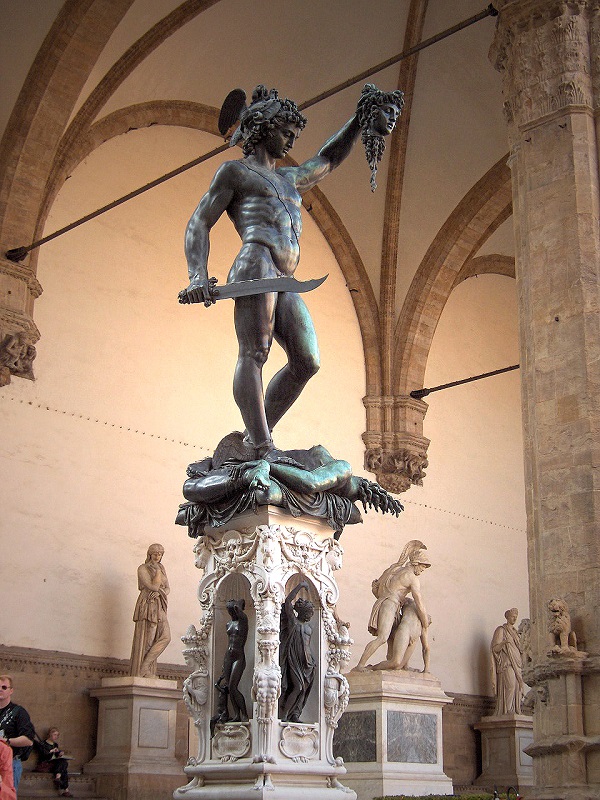
Fig. 2: Perseus with Medusa in the Piazza della Signoria, photo: Wikipedia.
But was this also Cellini's intention? The naked Perseus, equipped with a stabbing sword held ready in his right hand at waist level, a helmet with wings on his curly head and his winged shoes on his feet, stands with one foot on the twisted corpse of Medusa and stretches her severed head triumphantly upwards while the blood flows down in coral-like streams. But even though Medusa has just been killed, her body and face appear sensual, as if she were transcending. In its earliest forms, the myth of Medusa goes back a long way, with her originally being a moon goddess. The narrative changed to a version that we recognise in various stories and myths: The female goddess is overpowered and killed by the male hero. In early Greek mythology, Medusa is henceforth described as one of the three Gorgon sisters, creatures who live in Hades. This myth also developed further. Medusa became a beautiful virgin who, unlike her two sisters, is now mortal and attracts the jealousy of other women because of her beauty. Poseidon rapes the Gorgon in Athena's temple, who then punishes not Poseidon but Medusa for «violating» the temple's sanctity. She gives her a terrible face and turns her beautiful hair into snakes. The face turns anyone who gets to see it to stone. The half-god Perseus sets out to kill Medusa on behalf of Polydektes. In all versions of the story, he succeeds by sneaking up on Medusa with a cloak of invisibility and using a mirrored shield so that he does not have to look her in the face but sees his likeness and consequently does not turn to stone. In most cases, the mortal hero is also punished in the end, but here the common pattern of punishment as a result of «killing» a deity is omitted, since Medusa is human according to Hesiod. This sparing of the hero may have been one reason why Cosimo chose this sculpture for the «Piazza della Signoria».
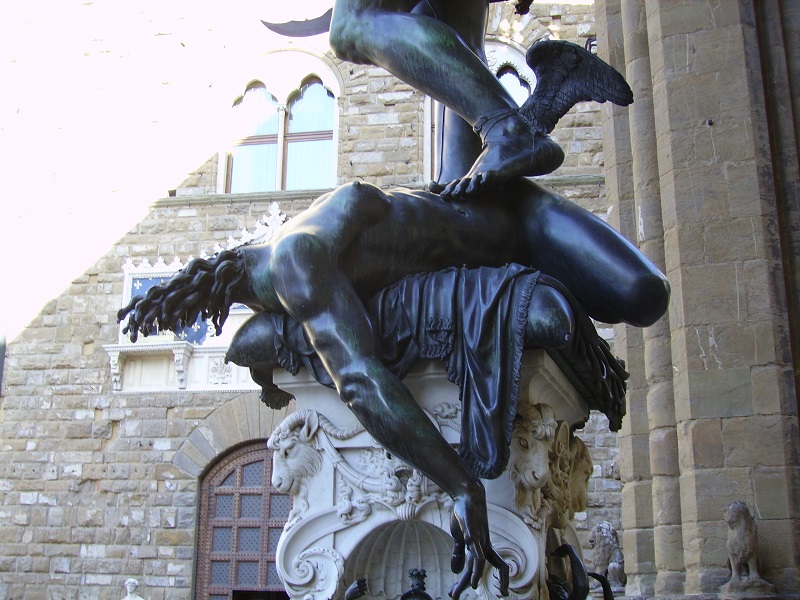
Fig. 3: Perseus with Medusa, close-up, photo: Wikimedia, CC BY-SA 2.5.
Cellini Breathes New Life into Medusa
Until now, Cellini was known mainly for smaller figures and less for oversized and complex sculptures. He was probably inspired by older Renaissance sculptures in which Medusa was not necessarily depicted as ugly, but also the movement of Mannerism had its influence. Thus, he was primarily concerned with the expression of the bodies and wanted to depict the figures as elegantly as possible. The strong resemblance of the faces of the two figures, as well as Perseus' curly hair and Medusa's serpentine hair, allows the legitimate question of what Cellini's intention behind the work was, apart from Cosimo's political ideas. Is the figure of Perseus really triumphant and strong and Medusa the vanquished beast? Perseus surprises Medusa in her sleep, here lying on a pillow, contrary to the traditional story in the wilderness, and kills her. Even the way he pushes down her twisted body does not necessarily seem glorifying. Is Perseus, or Cosimo, portrayed as a traitor and murderer? Medusa's origin as a moon goddess thus seems to become permeable again. Did Cellini initiate a return to her divine nature and is her death to be understood as a kind of ritual death towards something greater? Thus, the head stretched upwards seems like an upward movement towards heaven, separated from the human, earthly body. Just as Cellini transformed this victory of Perseus into something else, so too did the political dynamics change in the 16th century. The Italian states became less and less important in European history. Cellini received no further commissions from Cosimo, but his sculpture remained, despite Cosimo's known declining enjoyment of the figure group. Obviously, he too understood that it was a masterpiece by Cellini.
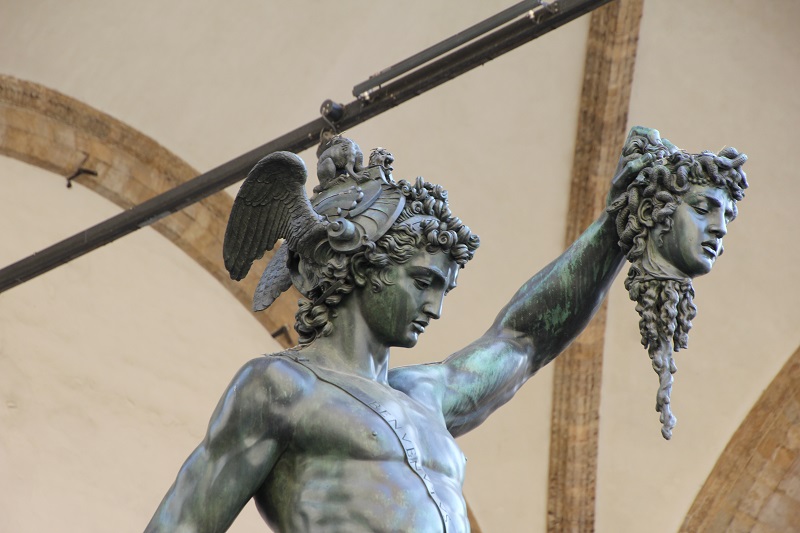
Fig. 4: Perseus with the Medusa, close-up of the faces, photo: Wikimedia, CC BY-SA 4.0.
Destroy and Create
In addition to its beauty and remarkable details, the sculpture's production process was also a sensation. But the casting faced many challenges. There was no longer a workshop for artistic bronze casting in Florence, as the artisans had moved to Venice or other places. Moreover, since the end of the 15th century, work was mainly done in marble. But bronze was on the upswing again for artistic work, a material that was also used for making weapons. Furthermore, Cosimo seemed to be a great admirer and connoisseur of the material. «The hard metal alloy was, on the one hand, a symbol of power and fortitude and was regarded as a material of eternity.» (Orig. «Die harte Legierung war einerseits Sinnbild für Macht und Wehrhaftigkeit und galt als Ewigkeitsmaterial.», Marianne Knipping, fidibus.me) The material was held in high esteem and accordingly bronze casters held a high status, as great knowledge of the material, process and treatment of the ore in the fire was necessary. Cellini used these challenges as an opportunity.
The latter let the public participate in the process by making public in writings the «secret» guarded around the art of casting and the process of his work. In this way, he demonstrated his skill in the field of bronze casting, which he placed on a level with sculpture (Paragone), which regained popularity from the Gothic period onwards. For just as in sculpture it is possible to create something from a single block by removing it, Cellini succeeded in creating a one-piece bronze casting. A process that was once known in antiquity. If the sculpture had been made of marble, it would probably have been an almost impossible static challenge to create the raised arm with the head of Medusa in its hand. Thus, Cellini would succeed in creating a sculpture that even marble artists could not create. Cellini wanted the casting to be carried out by his own hands, that is, not by a bronze caster, since in Florence they were mainly familiar with the casting of weapons. The creative process was obviously much more important to him than anything else. So, was the process of creating the actual work of art in his eyes? This brings into focus the material that is destroyed in its original form.
The Spirit of Life in Metal
Cellini formed the body of the Medusa from a framework of iron and then burned the model. Wax was then applied and the mould cast. For the Perseus figure, he made a clay model as the core, which was covered with wax. He then covered the figure with a special moulding layer of clay (called a cowl), which allowed for particularly good self-venting. He covered everything with iron and melted out the wax at moderate heat. Then he surrounded it with a «sleeve» of bricks with many gaps and baked the figure for two days until the wax melted out completely and the inner shape was solidified. Then a pit was dug and the figure was raised with the help of winches and ropes and the cast body sunk into the pit. At the same time as the air tubes made of fired clay were attached, the pit was filled with earth. Cellini had constructed the kiln himself, as there was no longer a workshop in Florence. But Cellini fell ill and had to leave the work to his assistants. The fact that a fire broke out and the roof almost burned down, while at the same time a violent thunderstorm raged outside and the water streaming in cooled the kiln seemed to give him new strength and soon he rushed back into the workshop, had the fire and water controlled and took up the work again. In the process, he had to liquefy the bronze again, which had become hard. After further difficulties with the material, Cellini finally succeeded in producing the Perseus form in one casting by adding tin. Cellini thus resurrected the «material believed to be dead» (Orig. «totgeglaubte Material», Marianne Knipping, fidibus.me), as well as himself, from the dead. On the one hand, Cellini's artistic work caused him to fall ill and suffer physically, but at the same time he described his dramatic healing through the creative urge. Creation was thus preceded by a destructive act; and Cellini breathed life into sculpture; this idea is preceded by an understanding of metal that can already be found in antiquity. According to this, metals consist of water, and would be created by its coagulation. According to Aristotle's teachings, these watery components of metals contained "pneuma", meaning a spirit of life. A belief that also existed in the 16th century. Thus, the spirit would be released again through the liquefaction of the metal by fire (see Marianne Knipping, fidibus.me).
Material and Expression
Cellini thus probably succeeded in creating the first Renaissance bronze sculpture in one casting under large and theatrical circumstances. Even today, similar work steps are still carried out. Thus, the Perseo art foundry is part of a long tradition. Through the inherent act of destroying, firing and reshaping, something entirely new is created. Even though new equipment and technologies are used today, the process remains physical and requires a lot of skills. The employees of the art foundry thus realise the spiritual ideas of the artists by shaping the material, the objective, which contributes significantly to the expression of a work. And just as Perseus recognises himself in the mirror, so does the human being recognise himself in art and thus protect himself from paralysis. Creating and creating gives us the spirit of life. The art24 art team was able to experience how this life is breathed into the sculptures during a visit and will never forget it!
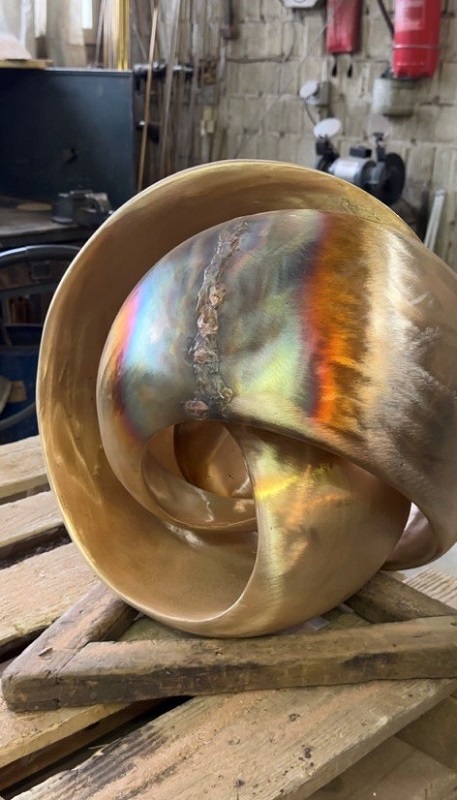
Fig. 5: A finished art object in the Perseo SA in Mendrisio. Photo: art24.
Glossary:
Gorgon: Three terrifying figures with serpentine hair from Greek mythology, at the sight of which one turns to stone.
Hades: In Greek mythology, Hades refers to the ruler of the underworld, but also to the underworld as a place.
Mannerism: A European artistic movement that began around 1520 and continued until around 1600. The term is derived from the Italian word "maniera" and means "style". Typical of Mannerism are, for example, unnatural-looking bodies, postures and perspectives, enhanced movement and expressiveness, etc.
Paragone: A theoretical "contest of the arts" that was mainly fought in the Renaissance and early Baroque. It was about which form was the most important art within the visual arts, but also in comparison to other arts, such as poetry.
Further reading:
Knipping Marianne (2006). Bronze – zum Leben erweckt. Die aufregende Entstehung der Perseus- und Medusa-Gruppe von Benvenuto Cellini. Auszug aus einem Vortragsmanuskript in der Universität Kassel, Kunstgeschichtliches Seminar, Juli 2006.
Bardi Ugo (2016). The Myth of Medusa: Benvenuto Cellini and the “Loggia de’ Lanzi” in Florence. In: Goffredo, S., Dubinsky, Z. (eds) The Cnidaria, Past, Present and Future. Springer, Cham. (https://doi.org/10.1007/978-3-319-31305-4_49).
Barbara Stoltz (2015). Der Bronzeguss in der zeitgenössischen Kunst: Tradition einer Herausforderung, in: kunsttexte.de / Sektion Gegenwart, Nr. 1. (https://doi.org/10.48633/ksttx.2015.1.88381).
Lehner Felix, Die Geschichte des Kunstgusses. (Geschichte (pbgestalter.ch)).




